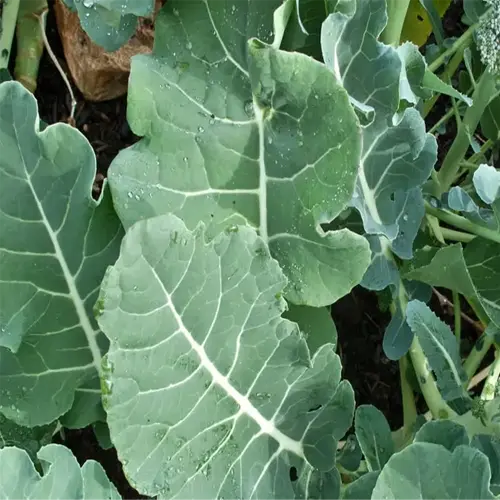What's the key to successful Brussels sprout cultivation?

Written by
Olivia Mitchell
Reviewed by
Prof. Samuel Fitzgerald, Ph.D.Brussels sprouts require a certain level of precision from the soil through the harvest process. My first crop failed catastrophically, with empty stems and bitter sprouts because of a boron deficiency. Now I routinely test the soil. There are three things that must be done precisely: get the pH ratio correct, keep moisture consistent, and expose the sprouts to just the right amount of frost.
Boron Management
- Test soil for 0.5-1.0 ppm boron levels
- Mix 1 tbsp borax per 5 gallons water for deficiencies
- Reapply every 4 weeks if rainfall exceeds 2 inches
pH Adjustment
- Target 6.2-6.8 pH range for nutrient uptake
- Add lime if below 6.0 at 5 lbs/100 sq ft
- Use sulfur to lower pH above 7.0
Drip irrigation changed the way I harvest. Clay soils get a 20-minute cycle twice weekly, but sandy plots require a daily run for 15 minutes. I highlight my calendar for emitter checks weekly - clogged lines ruined a whole season of work three years ago when it happened during bud formation.
The timing of the frost is what differentiates good sprouts from legendary sprouts. Because you want the maturity to occur after the very first light frosts, my schedule for Zone 5 has me starting my seeds on July 1 so I can harvest in October. Those cold nights convert starches to sugars, giving homegrown sprouts that caramelized flavor that you won't find in store-bought varieties.
Companion plantings win over pesticides. I plant sprouts with *nasturtium trap crops* and garlic. Last year's invasion of the aphids was stopped at the marigold buffer that I planted. I inspect the leaves weekly, and if I miss a weekly inspection, I may lose half the crop overnight. Thank you marigolds.
Read the full article: How to Grow Brussels Sprouts: Pro Tips for Big Harvests

